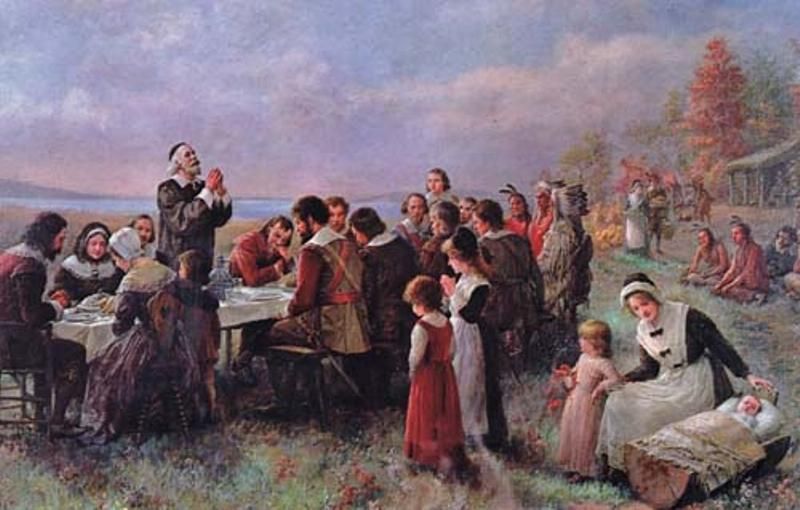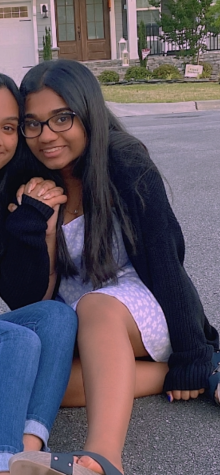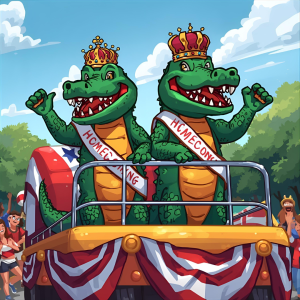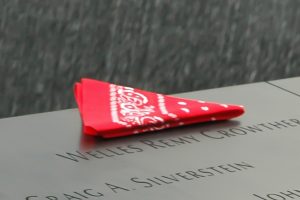The Truth about Thanksgiving: No, it was not all gracious and gratifying.
December 1, 2020
While you’re snapping the wishbone on the 27th, don’t forget the true story of what happened in Cape Cod, Massachusetts, the year 1621.
We grew up with stories of how peaceful and pleasant the first thanksgiving was, completed by inaccurate stereotypes, falsely portraying both the puritans and the natives, the Native Americans as wearing headdresses and woven blankets on their shoulders, while the pilgrims were incorrectly said to have buckles on their shoes and wear somber clothing.
The story of the first thanksgiving starts when the pilgrims travelled from Plymouth, England, to what became Plymouth, Massachusetts on the Mayflower and set up a colony in North America in 1620. They collected everything they could find, including Wampanoag supplies, as the pilgrims prepared for winter. One day, two people from the Abenaki tribe visited Plymouth, and taught the pilgrims many different techniques and tips from things like cultivation to fertilization. In March 1621, the pilgrims and the Abenaki tribe created a formal agreement to protect each other from other tribes.
During the fall of that year, the settlers hunted for a harvest celebration. The Wampanoag people heard gunshots, and assumed that the English were waging war. Their leader, Massasoit, went to the colony to investigate the truth of the rumors. After the visit, they learned that the pilgrims were only hunting for their harvest celebration, and the Wampanoag people also hunted for the celebration, which was the first known thanksgiving.
Two years later, the first recorded religious celebration commenced in 1623, where they thanked the gods for the drought’s end.
Perhaps the most common myth is that the pilgrims sent the Native Americans an invitation as a thanks for helping them reap the harvest. The reality is unsure as to how they all ended up celebrating together.
Another misconception was that Squanto was simply a Native American helper and translator for the pilgrims. Although this was true, it is not the complete story. Before he helped the pilgrims, he was sold into slavery after being captured by the English in 1614, and learned english in England. He later returned to New England five years later, and found that his tribe, the Patuxet, was obliterated due to smallpox. He later met the pilgrims in March 1621.
There is plenty of misinformation and false truths we learned as kids about this holiday and the history of Native Americans.
Now that we know how selfishly and inconsiderately the Pilgrims behaved, the only conclusion that we can come to is that it was unfair. It was both unjust and unethical. This year, when we are eating our big delicious meals, it is important to remember those who were treated dishonestly by the pilgrims.







